Pursuing the title, IN THE BLINK OF AN EAR, the sound art workshop held by the multimedia artists Andreea Vlăduț and Cyrill Lim proposed listening as a tool to pick up various layers of clues about the surrounding spaces and living others. The workshop unfolded and supported the creation of situations to go through, stay with, produce, perceive, and analyze sounds. The underestimated tool contributed to the temporary expansion of the perceptive limits and to the enactment of processual creative acts.
Relying on an organic entanglement of practice and brief theory, the workshop brought to the fore a less-explored artistic medium and a performative glimpse into 20th / 21st-century art history. Daring pieces were introduced that have stretched the boundaries of music, art, and society starting with the 50s. John Cage popped up early on being introduced with a score that gave rise to a loud convivial moment of preparing and drinking the coffee together on the opening day when performed by Cyrill Lim using an amplifier. Andreea Vlăduț gave theoretical impulses from topics such as acoustic ecology, walking as a listening practice and the city as a sound instrument. Names of great female artists followed, all of them working with sound in various constellations: sound and the city, sound, and silenced histories. The act of re-enchantment of the cities performed by Janett Cardiff stood apart. In her immersive sound walks, she brilliantly integrates the phone as a tool to disturb visual and sound perception, estranging the real. Staying in line with the act of disturbing, the poetical-critical work of Hildegard Westerkamp KITS BEACH SOUNDWALK (1989) pops into mind. Hildegard mixes field recordings of the city and the eponymous beach of Vancouver, a place belonging in the recent past to indigenous inhabitants with imaginative and critical narration, to reveal the memory of a place.
The interweaving of practice and theory led to a performative way of sharing and creating knowledge. Some artists & artistic practices introduced served as a trigger for exercises or the creation of performances, collaborative scores for new situations to be done together. For example, the acquaintance with the Fluxus group was made on soft and harsh gestures while performing the paper piece of Ben Patterson. It was followed by collaborative scores created, performed by using found papers by Dana Mihordea, Alex Budeș, Rodica Voican, Laura Tudorică, Mihaela Lungu, Nicoleta Vlad, Alexandru Eremia, Raluca Brâncoveanu, George Marian Preduț.
Camouflaged in a description that could easily pass by as an introductory theoretical activity, for two editions already IN THE BLINK OF AN EAR turned out to be a collaborative piece resulting from the principles of the artistic practice of both of the artists Andreea Vlăduț and Cyrill Lim and the creative contributions of the participants coming from various fields such as robotics, informatics, economics, contemporary music, visual arts: Raluca Brâncoveanu, Alexandru M. Budeș, Lorena Cocora, Alexandru Eremia, Mihaela Lungu, Dana Mihordea, Ioana Popescu, George Marian Preduț, Laura Tudorică, Rodica Voican, Nicoleta Vlad, Alexandra Spinei, Alexandru Zaharencu, Ana Conțu, Anca Valentina Olteanu, Daria Nedelcu, Diana Oana, Emma Diaconița, Ioana Popescu, Justin Barbu, Leo Rocha, Meri Stroe.
The focus on process, collaboration, and interaction is a recurrent element in both the subtle and poetical works of Cyrill Lim and the critical, political, and powerful works of Andreea Vlăduț. The guiding ideas and the values stated take the workshop IN THE BLINK OF AN EAR closer to the concept of the situation[i].
A porous material ambiance blooms and accommodates free, reflective, creative acts while being tuned by a playful and collaborative attitude. Inside this framework, the aim to create a material artwork is replaced by an interest in the temporary, processual character. The political and critical side underpinning the heritage of the concept of the situation is subtle in the case of IN THE BLINK OF AN EAR, unclaimed, but lived and performed. The open format they chose – the workshop – defined by principles such as collaboration, experimentation, playful approach switched the focus on the result with the process, hijacking the capitalist routine to be efficient and productive. Working together with others, debating, arguing, and collaboratively reaching conclusions is an exercise of participatory democracy performed and a way to conjure a convivial atmosphere. Meanwhile, the sound and electrical works were exercises for perceiving and gathering knowledge through the medium of the sound, stimulating the perception and creating awareness of the surroundings and of our entanglement.
Nonetheless, the principles, the values, and the atmosphere of IN THE BLINK OF AN EAR brought challenges to almost all of those involved: the challenges of the routine of a way of working and the routine of presenting. These two things changed the initial idea of “work out” and conducted to the final result – an exhibition – and from the focus on the process to the individual and collaborative concentration on the creation of a finished art project.
The projects developed during the last days of the workshop were presented on the premises of the gallery CAV Multimedia, Bucharest between 18th and 24th of February 2024, building an exploratory type of exhibition. The subtle pieces were the first pieces. On the window of the door, a blue visual done by Andreea Vlăduț carried the instructions for a sound walk for picking up and being guided by dim, powerful, residual sounds. In an open or closed space, the sounds drew a convivial map that could link the performers to the space and the others in alternative ways. The work of Cyrill Lim, HELLO, PHILL NIBLOCK, GOODBYE, PHILL NIBLOCK, used the powerfully charged liminal realm of the door, the drone sounds, and the simple gesture of coming in and going out, to activate a playful-poetical homage to the avant-garde composer who passed away last month. Ioana Popescu’s work created a sonic presence of a nonhuman being that cannot be easily grasped because of a box, playing with the paradox of Schrodinger’s cat experiment. The announcement attached to the box DO NOT FEED THE CAT hints towards recurrent patterns of behavior enacted in a collective space or with nonhuman beings stretching with their presence the border between private and public space.
George Marian Preduț, Raluca Brâncoveanu, Alexandru Eremia, Rodica Voican, and Nicoleta Vlad were triggered by the sounds of the city. If George, Raluca and Alexandru focused on playing with the temporalities of the soundscape of Piața Rossetti, creating a future replica of the current sonic environment, Rodica was interested in the subtle ungraspable sounds such as the electromagnetic field at the subway and in other spaces of mobility. Combining abstract sounds with very descriptive ones, Rodica gives clues to the visitors for what they are listening to. Offering the tools for the spectators to try to understand by themselves is an aspect present also in the LABORATORY, the piece that ends the exhibition while explaining not only the opening performance with cactuses but also some of the works on display. The LABORATORY was created together with Raluca Brancoveanu. The sound walks of Nicoleta Vlad end in a poetic white-on-blue visualization of the prominent sounds and their transformation due to the movement of the body in space and the passing of time. Alongside the image of the sound, the textual inserts build a psychoacoustic landscape.
The aspect that links the other works is the interactive layer of most of them. Most of the projects asked for the spectator’s involvement to activate the work. Lorena Cocora reveals the hidden dynamism behind the clean and ordered space of the gallery by proposing to the visitors to follow the convoluted pink map and activate an electric walk inside the gallery to access the electromagnetic field that remains otherwise unperceivable. The walk stops at a lively point, activated by Raluca Brâncoveanu, Alexandru Eremia, and George Marian Preduț. A fragile structure built mainly from found materials is playfully accommodating a vivid game with marbles. The feeble structure is built in contrast with the sharp sounds of the marbles traveling through the circuit, making the haptic qualities of different materials audible. An interest in the quality of the surfaces of various materials and in staging small unsettling encounters runs in the work of Laura Tudorică based on 3 boxes that have inside different materials open for interaction according to a series of instructions. The visual aspect is denied while the sonic one is enhanced by a principle explained by Rodica and Raluca in their LABORATORY: a piezo is attached to the surface of the material, making audible any kind of movement or gesture imprinted on it because of its connection to a device that reads the movement as sound and amplifies it. The projects of Mihaela Lungu stay close to the idea of amplification, setting up contexts for enhanced presence or absence. A collaborative piece proposes a conversation in two based solely on gestures that make use of pieces of found papers to reveal ideas and affects.
Alex Budeș reconfigured, after his opening performance, some of the ephemera he used as instruments: devices, and objects that contain electromagnetism. The performance, a one-time thing usually technically ungraspable for those who are not acquainted with the tools, transforms itself and takes the shape of a humble performative installation that visitors can explore, creatively use, and understand at the same time. The performative aspect is present also in the work of Dana Mihordea which showcases a painstaking ongoing process of building an eerie figure out of papier mâché, to be enmeshed in electrical cables and piezos. From behind, the collectively generated sounds conjure an ambiance for a portrait about to be revealed taking us back to the beginning of this text and to the guiding principles of the workshop to stay with the not-yet become.
[i] The concept of situation was developed within the framework of the neo-avant garde revolutionary group ”The Situationist International”. The main idea of the alliance was to create an objective context for people to act freely. The situation was described as “a moment of life concretely and deliberately constructed by the collective organization of a unitary ambiance and a game of events”. See Zaharia Gabriel, “The Constructed Situation” in Alastair Hemmens, Gabriel Zaharia (eds), The Situationist International, A Critical Handbook, Pluto Press, London, 2020, p. 168. See also Guy Debord, Report on the construction of situations, p. 12. It is important to notice the collective character, the emphasis on the playfulness, and the open-ended character.
POSTED BY
Daria Nedelcu
Daria Nedelcu (b. 1993) received her MA in History of Art at the University of Fine Arts Bucharest. Daria wishes to continue her project about performance art in South Eastern Europe with a series of ...
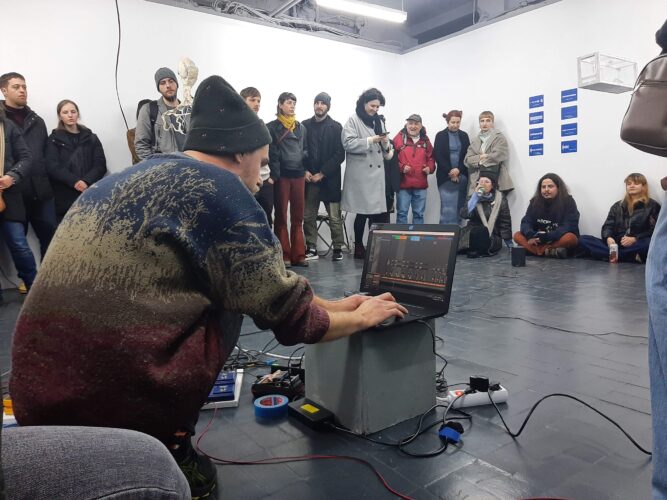
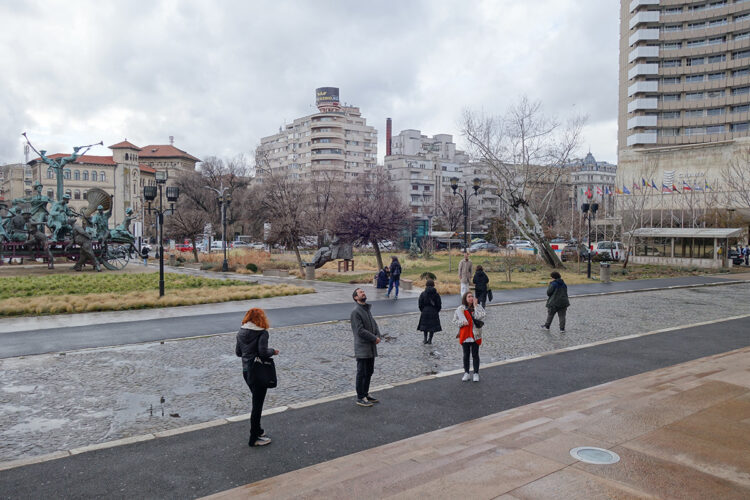
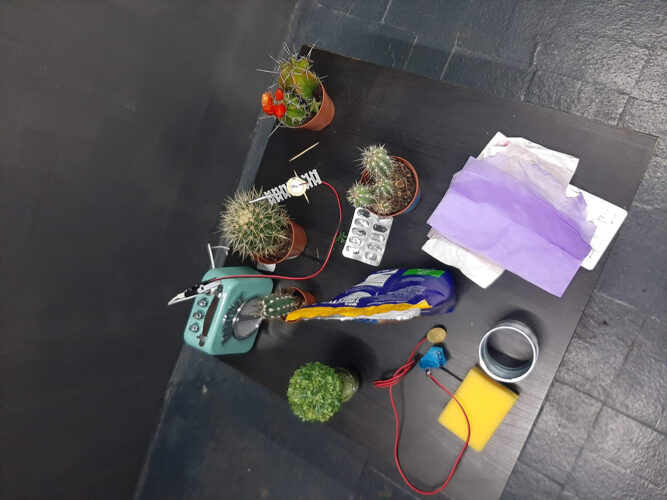
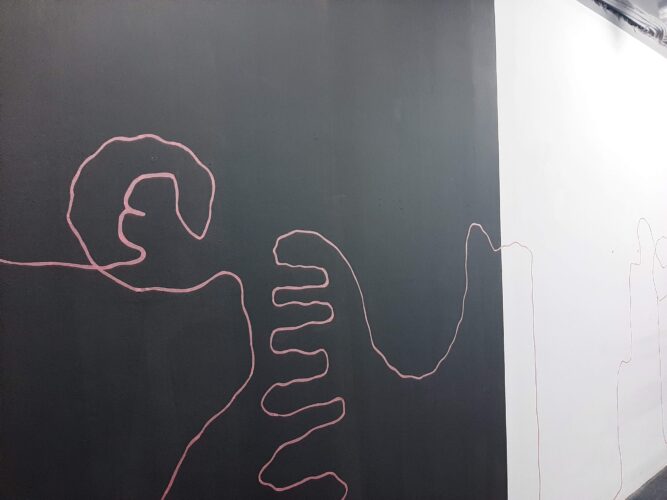
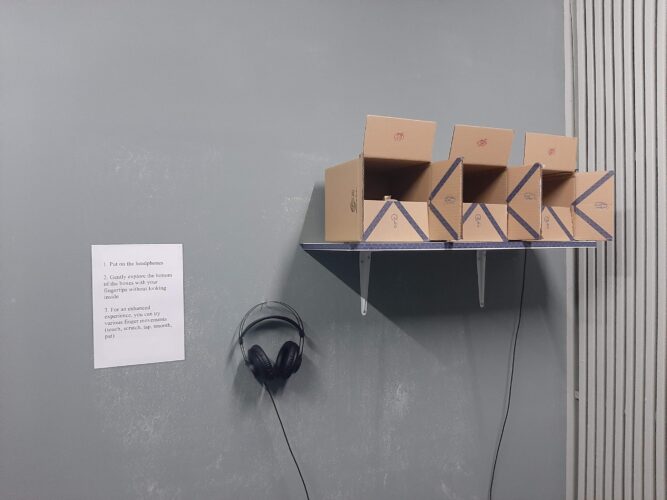
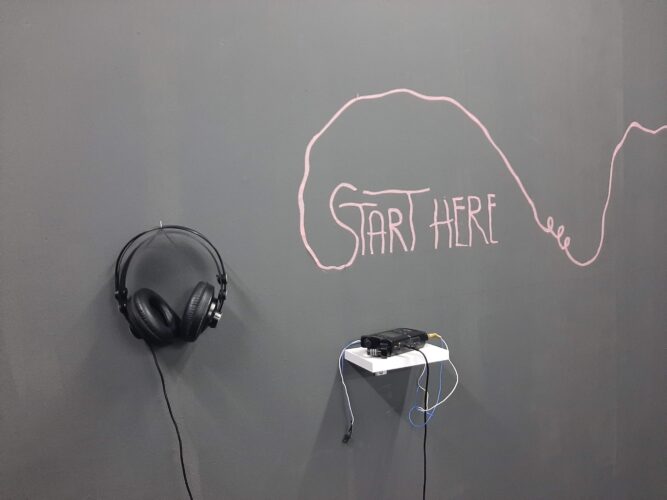
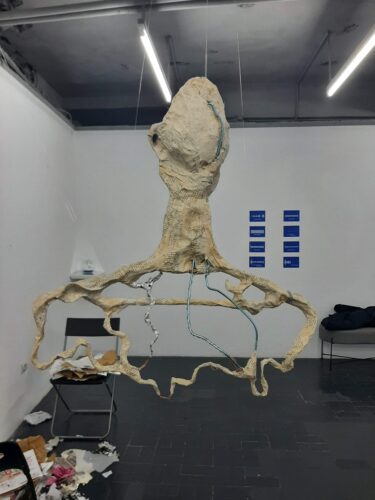
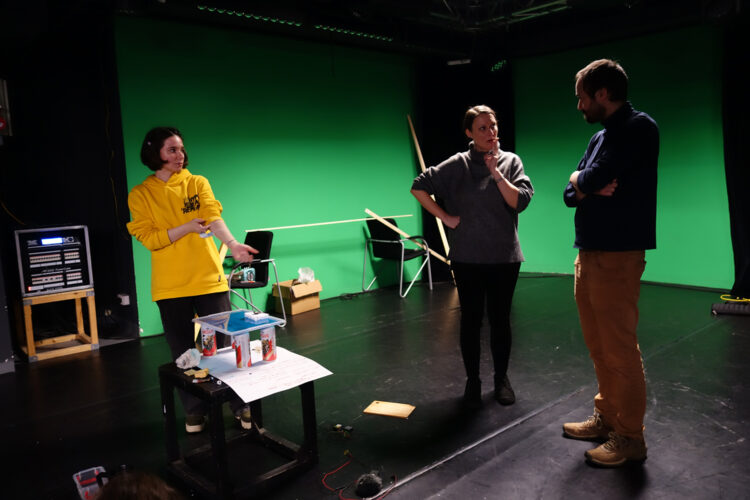
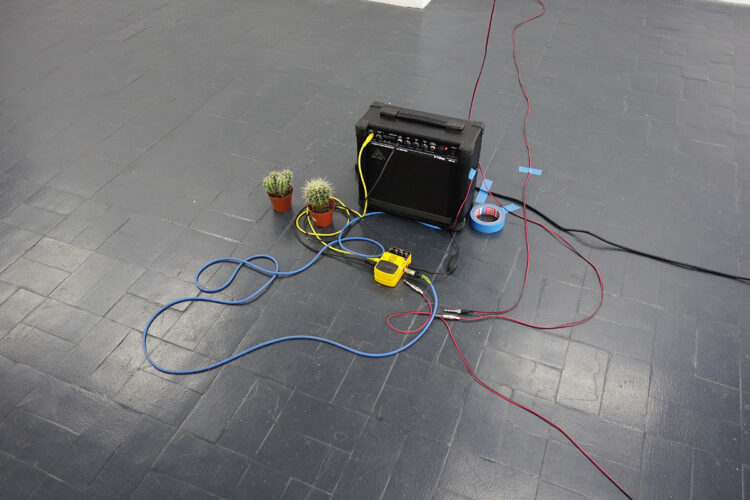
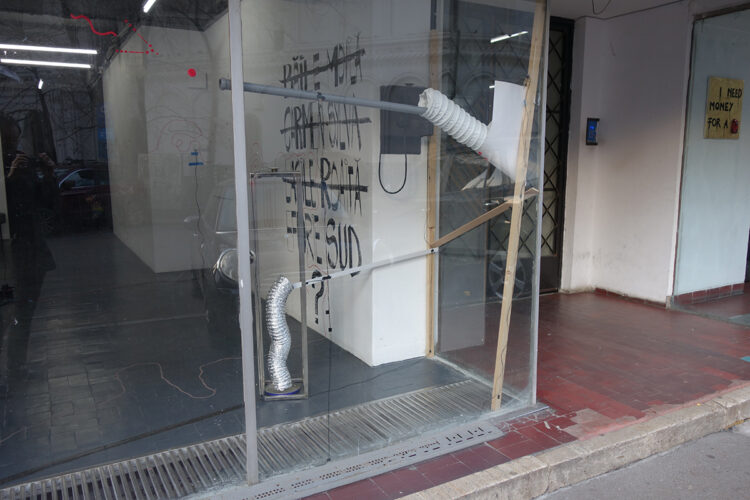
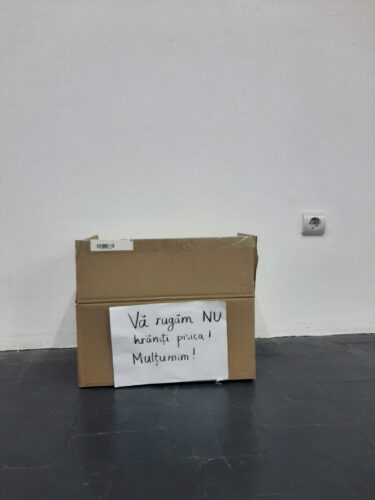
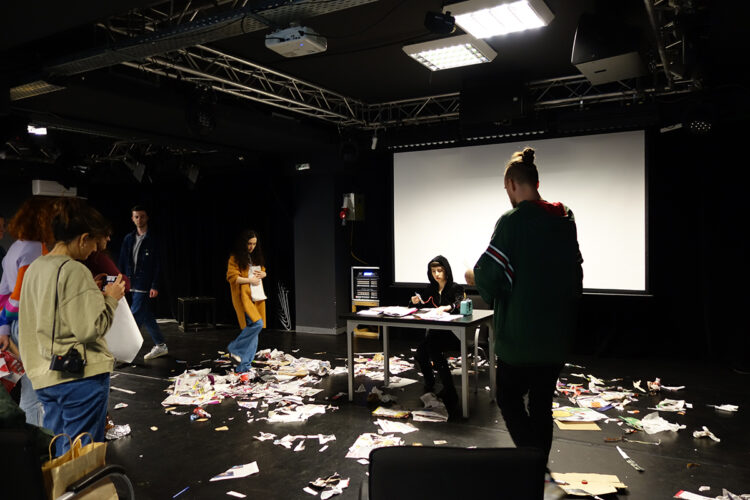
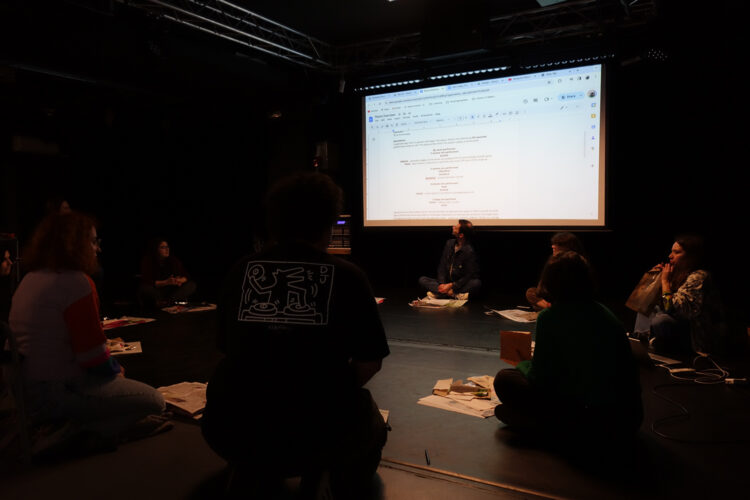
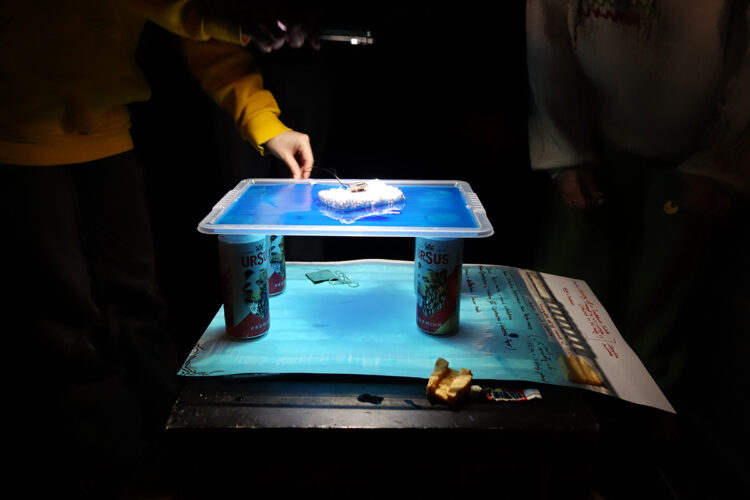
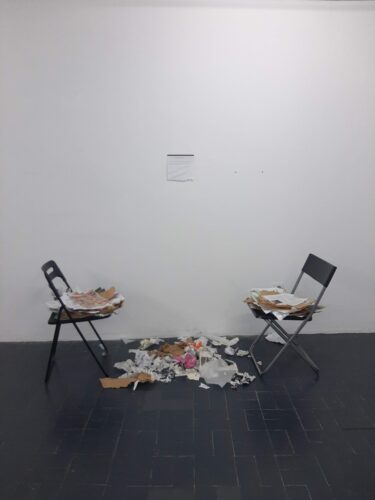
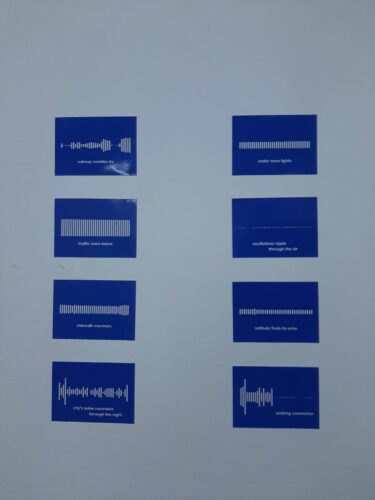
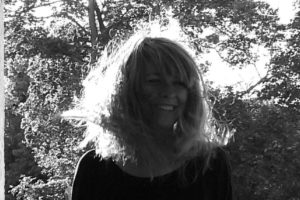
Comments are closed here.